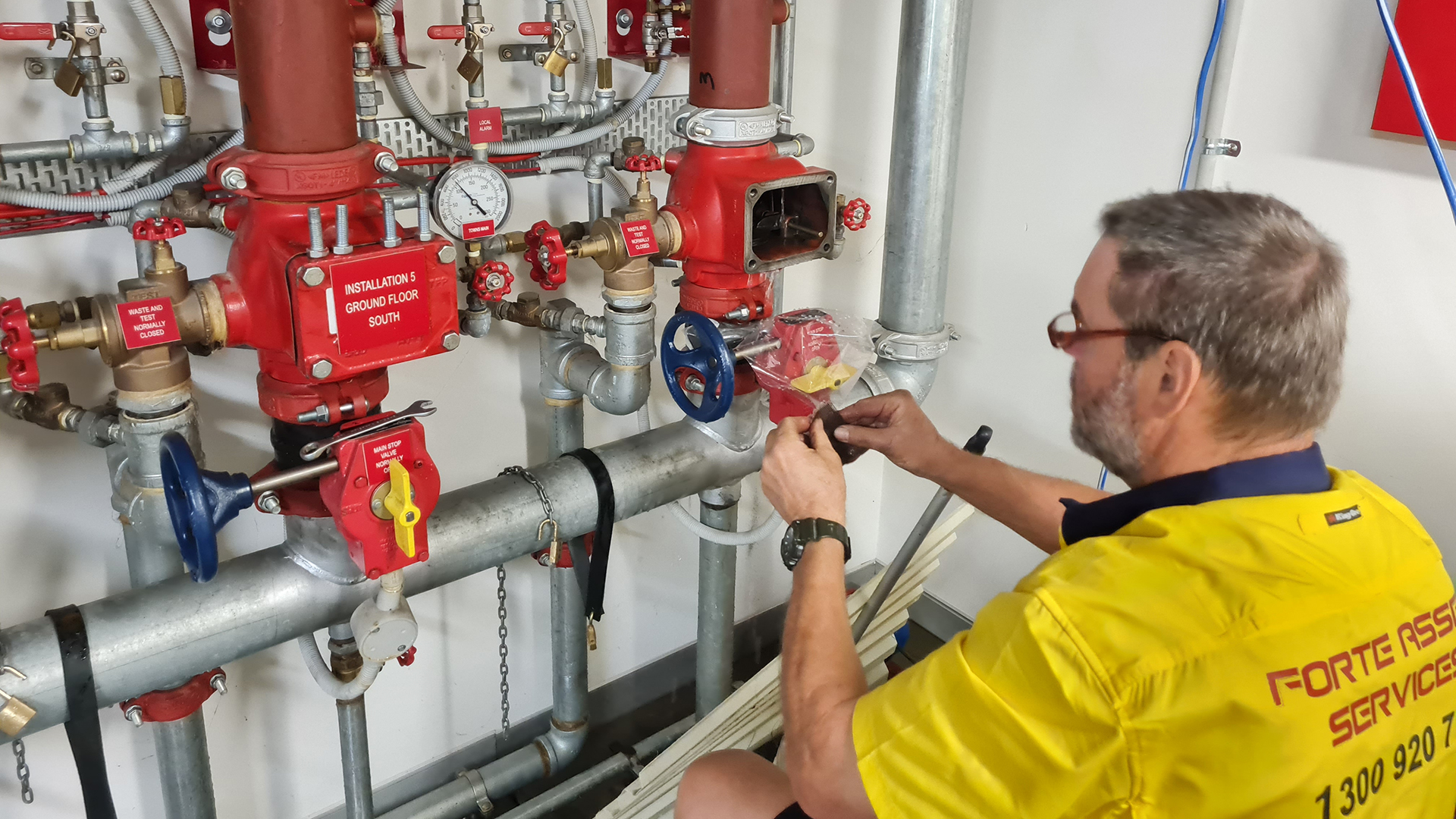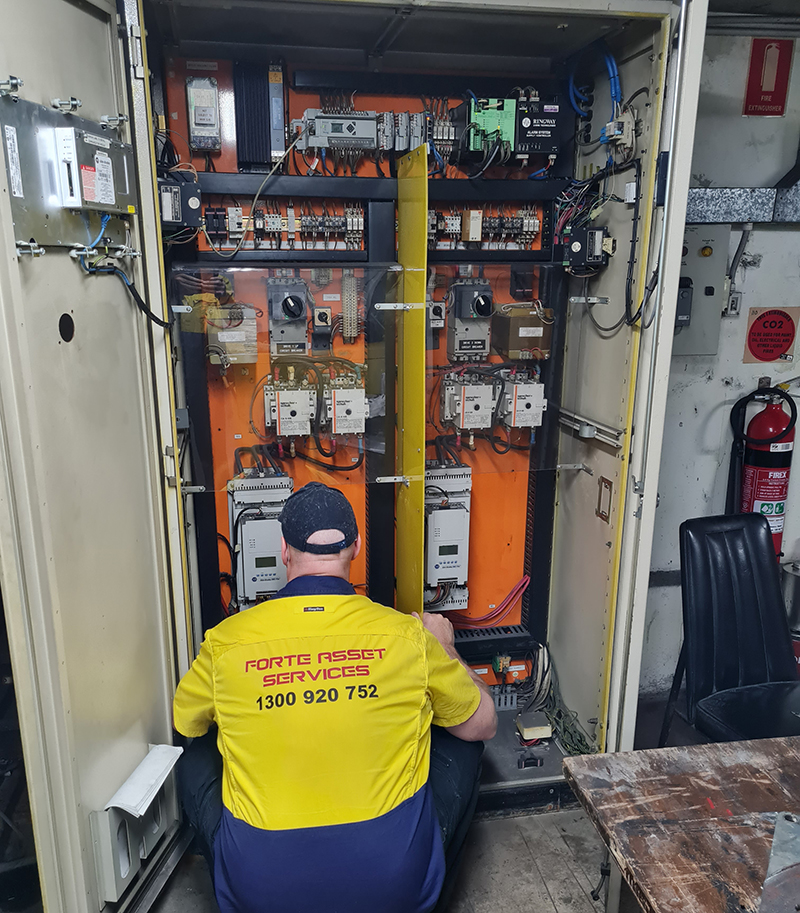
Why implement a Service Level Agreement?
- Reduces downtime
- Ensures compliance (e.g. AFSS, OH&S)
- Fixed response/resolution times
- Prevents Costly Breakdowns
- Priority access to technicians
- Audit-ready documentation
- Reduced Hourly rate
- Product and Material Discounts
- Systemised cloud-based reporting
- Access to Multiple Disciplines
- Combined, Fire, Mechanical and Electrical Agreements

Service Level Agreement: Customers Receive Priority?
Customers with an SLA receive:
- Priority Call-Out Response – especially critical during high-demand periods like summer.
- Discounted Labour Rates – helping manage maintenance budgets more effectively.
- Reduced Product & Material Costs – exclusive pricing on common parts and consumables.
- Access to Technical Expertise – across multiple trades and systems.
Our SLA clients gain more than just faster service, they gain a partner in their operations. With multi-disciplinary capabilities, we bridge the gap between systems that often overlap in function and responsibility.
Take for example your HVAC equipment, which is typically governed by both the Building Management System (BMS) and the Fire Indication Panel (FIP):
- Which system takes priority in an emergency?
- How are conflicting control commands managed?
- Where do alarms report — and how are they acted upon?
These are real challenges in complex building environments. As an SLA customer, you benefit from our deep understanding of system integration — ensuring clear governance, correct alarm routing, and safe, reliable control hierarchies

Frequently Asked Questions:
1. Do you submit the Annual Fire Safety Statement (AFSS) to the council as part of your Fire Protection Agreements?
Yes, we take care of submitting the AFSS to the local council on your behalf as part of our fire protection service.
2. What happens if repairs or maintenance can’t be completed in time for AFSS submission?
In the event that required works can’t be completed by the AFSS due date, we immediately contact the relevant council and request a “stay of penalty” or an extension. We will then manage the process, including submitting the necessary documentation and evidence—such as work orders, quotes, consultant reports, and photos.
Please note: There may be an additional fee involved (typically around $1,800), depending on the complexity and requirements of the case.
3. Are your workers employed or subcontracted?
Most of our team members are directly employed by us. However, for highly specialised tasks (e.g., diesel engine servicing), we may engage vetted subcontractors. These are always supervised by our staff to maintain our quality standards and compliance.
4. Can I cancel my agreement at any time?
Yes, you can cancel at any time, although we do request 90 days’ notice, particularly for larger or multi-site agreements, to allow for a smooth transition and fulfilment of any outstanding obligations.
5. What is the main benefit of having an SLA?
The primary benefits include:
Streamlined Service Delivery: Access to multi-skilled technicians and integrated systems support.
Priority Response Times: Especially during peak periods.
Reduced Hourly Rates: Discounted labour for additional “Do and Charge” work.

How Can We Help you today?


“Good maintenance management not only ensures that a property’s assets operate correctly and provide good quality internal environmental conditions for the Tenants, it also promotes longevity of useful life. It is proven that poorly maintained equipment leads to increased Energy Use, issues with budget control, increased reactive management strategies and tenant dissatisfaction”

